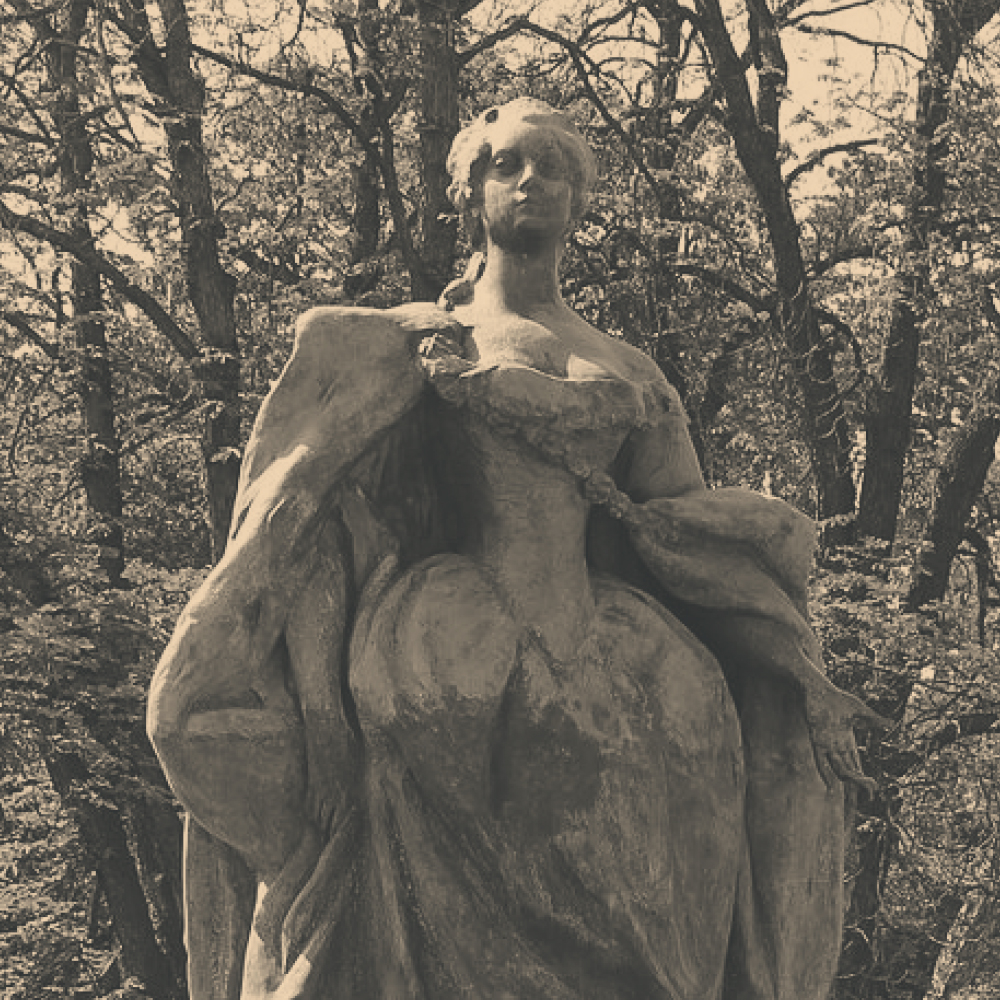
“Our life and blood for our king!” – this can be read below the relief, which recalls the famous scene from the national diet in Bratislava in 1741. Before these famous words were shouted, Maria Theresa appeared in the room dressed in black, holding her little baby Joseph II, and asked the Hungarian lords to save the Empire and the Crowm from the ultimate peril.
This ultimate peril was the War of Austrian Succession. The Prussian king Frederick II considered Maria ineligible for the Habsburg throne, as Charles IV (her father) had no male descendant. Charles IV, however, tried his best to get all major European rulers to accept having a woman inherit the royal throne. The Pragmatic Sanction of 1713 was created for this situation. However, the Prussian attack meant that Maria’s right to the throne had to be fought for on the battlefields.
This is when the national diet in Bratislava was summoned after 12 years of silence. She knew that without the help of Hungary she would not be able to win the war. Hungarian estates seemed reluctant, whether they should help or not, but Maria’s speech convinced the lords. For their help, she guaranteed tax exemption on the lands of the noblemen, which probably played a huge factor in their final decision. Ultimately, 35 000 Hungarian soldiers were deployed, and we can say that in those perilous times, it was Hungary that saved the Habsburg Empire.
During WW2, the Millennial Monument was bombed, three statues of Habsburg emperors were damaged heavily. After the changes in Hungarian politics in 1948, the remaining two Habsburg statues and their reliefs were replaced with anti-Habsburg ones, so a statue of Imre Thököly replaced Maria Theresa’s statue.
Maria Theresa’s restored statue stands in the garden of the Castle of Gödöllő. It is the creation of György Zala.











